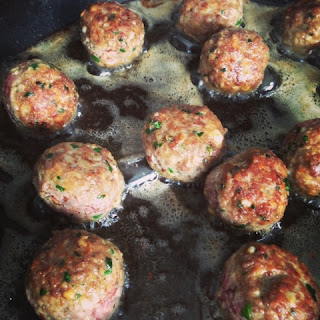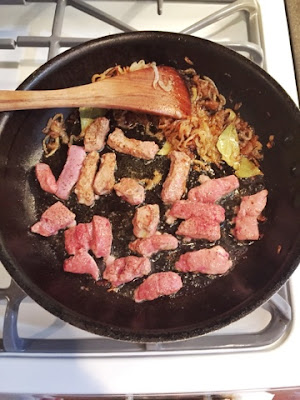Lately, I’ve been mindful of the overwhelming goodness that encircles my life. Friends, family, colleagues all make it possible for our little family unit to move in a rhythm that is often chaotic but still finds time for closeness. This necessitates gratitude.
Sure, the day-to-day, minute-to-minute schedules, activities and juggling often make us feel less than adequate. Some days I don’t feel good enough. Like when I piss the head chef off at work because I chopped the parsley wrong. FAIL. Or when Lucia is the only kid on the field trip without mittens. FAIL. Or when I forget to tell the neighbors that we’re out of town for the weekend and the chickens have to fend for themselves (not something they’re great at). FAIL.
And then I take a deep breath and look around and realize how far reaching our cheering section is. And it’s incredible. The arsenal of people who share in our burdens and in our joys is humbling. I don’t think we’re alone in this. We, each and every one of us, have a responsibility to notice the goodness that prevails around us and to be thankful.
To fully experience joy, you have to sincerely want to give joy. Nonna does this by making meatballs. And by telling all of us that we are perfect just the way we are… and then bribing the small kids with candy. She bribes the grown up kids with cognac. Making meatballs gives Nonna the greatest happiness, but only because we are there to eat the meatballs. All of the meatballs.
You have to show up. Our voices, our being, our differences are all that make up our crazy, loud, often politically obnoxious family. It is this collective energy of family and friendship that carry us through the hard days, and makes us want to sing songs on the good days. It is what makes me want to cook all of the food and feed everyone all of the time.
We are the music makers. And the meatball eaters.
Nonna’s meatballs
A quick word on this recipe. Nonna lies. She will tell you to use 4 eggs, and two years later you’ll notice she uses five eggs. For about 3 years she was using 1.5 lbs beef with .5 lb pork. Then she switched back to just beef and all she had to say was “Oh, I changed it. Keep up.”. So here is the recipe as last I witnessed it this past October. Also, it should be noted that Nonna has never made just 2 lbs of meatballs in her entire life. She almost always triples this recipe.
“If you’re going to make meatballs, then make meatballs!”
2 lb ground beef (85% lean)
5 eggs
1 cup bread crumbs
1 cup Pecorino Romano, grated
2 tsp salt
black pepper to taste
1 tsp oregano
1 large garlic clove, minced
1/2 cup parsley, chopped
Olive oil, for frying
Combine all of the ingredients in a large bowl. Using your hands, mix until just combined. Do not over mix the meat, it will become dense and make for really heavy meatballs. Nonna would make you taste mixture for seasoning. We have no issues with eating raw beef.
Rub your hands with a little olive oil. Roll out the balls to your desired size.
My mother is notorious for making teeny, tiny meatballs and it drives Nonna crazy. Grandma Tocco would make her meatballs the size and shape of eggs so that she only had to turn them once in the frying pan.
In a large [preferably nonstick] frying pan, heat up the olive oil. The oil should cover the pan and come up about an inch to the sides.
Place the meatballs in the pan and fry until lightly browned, turning them over with a fork. They will fry quickly so be ready to remove them from the pan with a slotted spoon. They will not be fully cooked at this point.
Simmer the fried meatballs in your pasta sauce to finish cooking them.





































